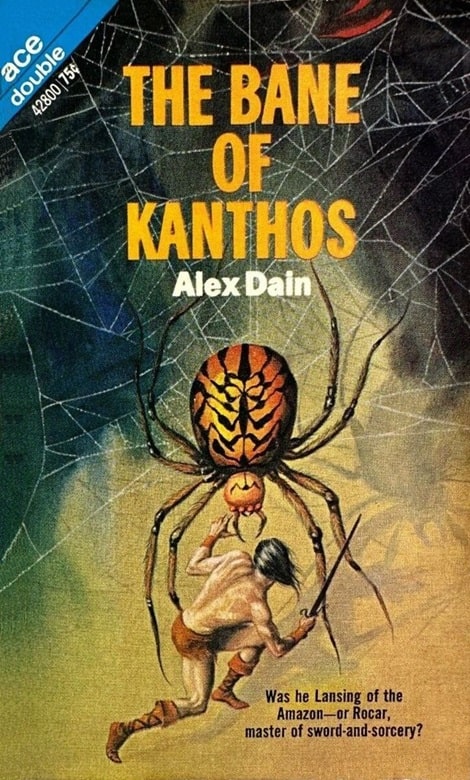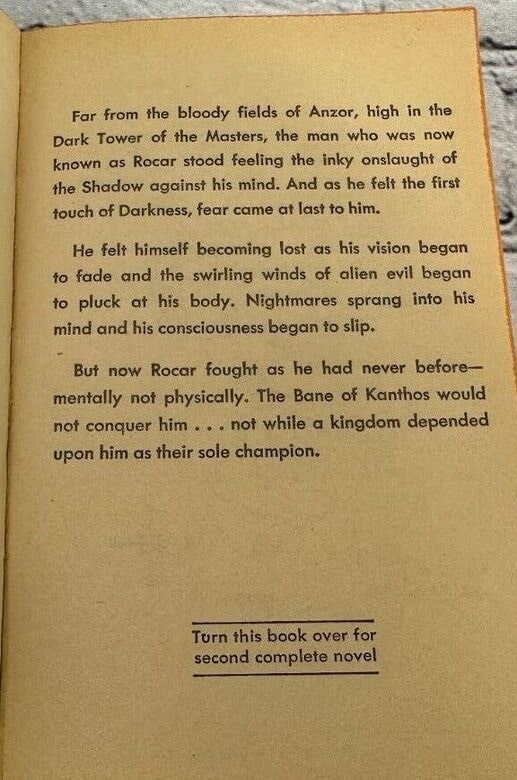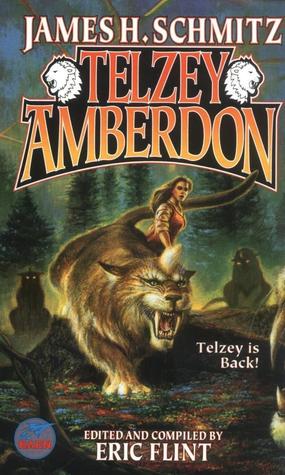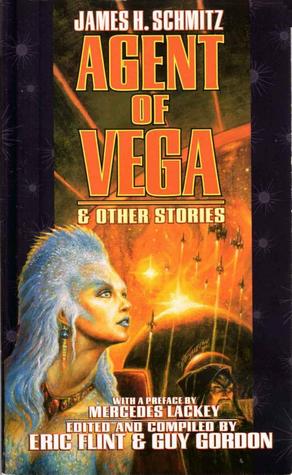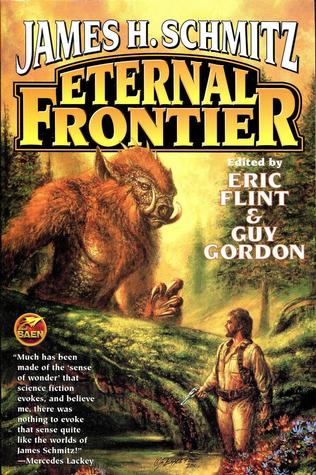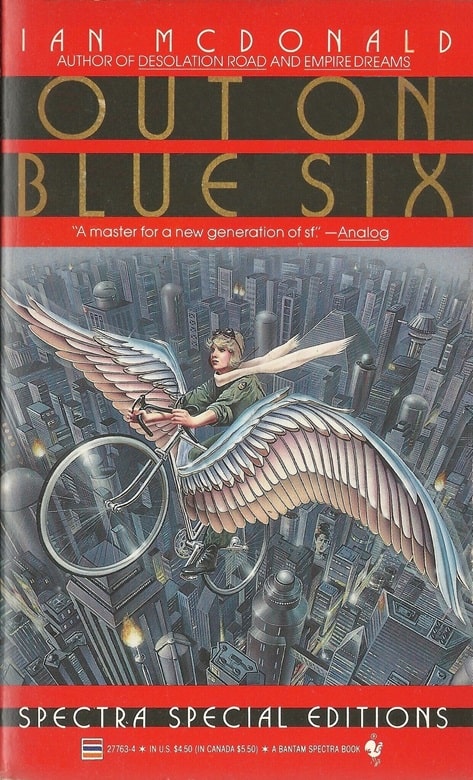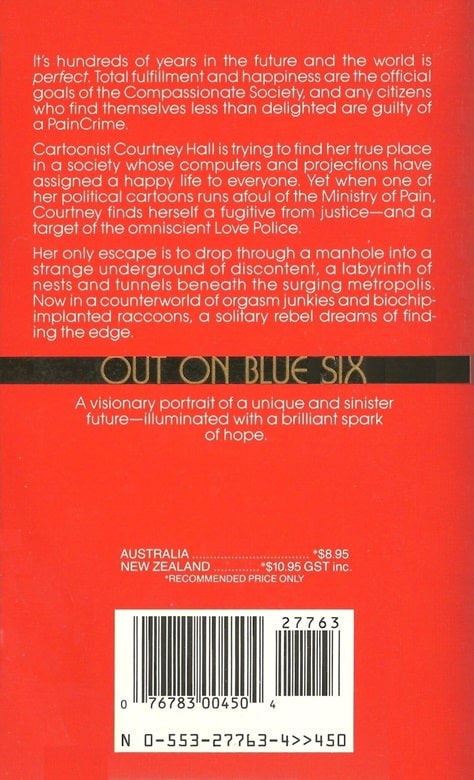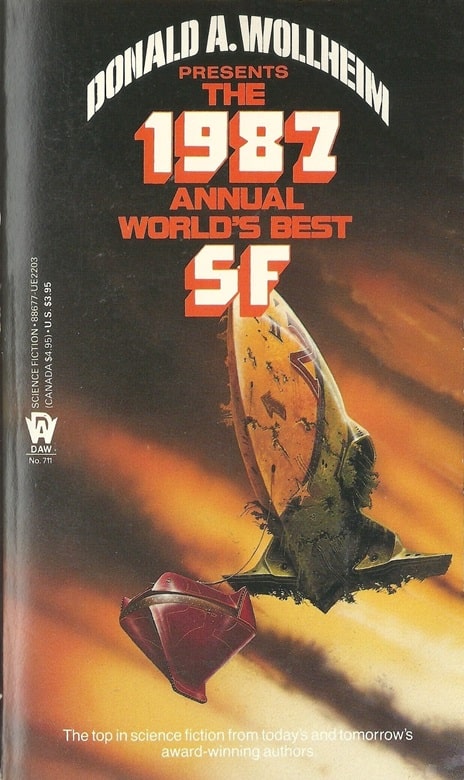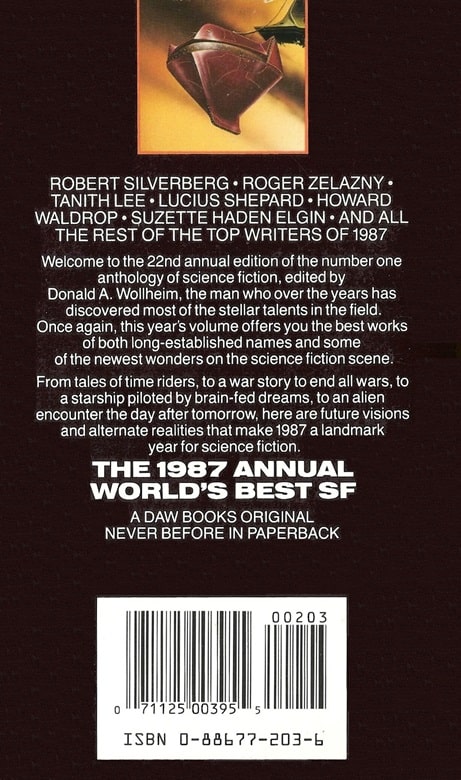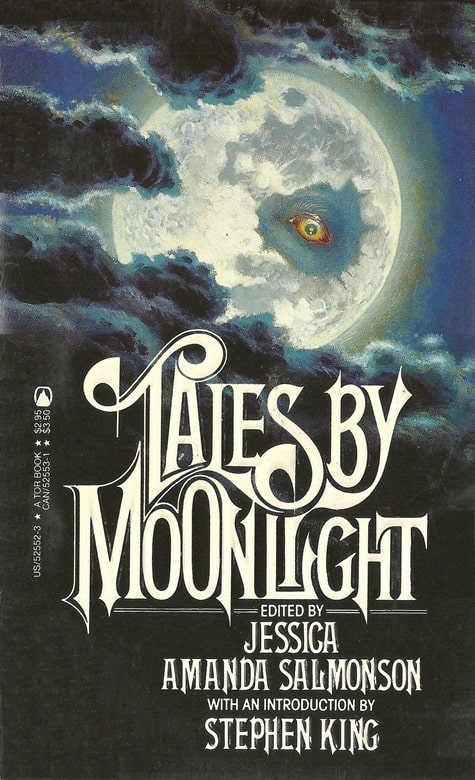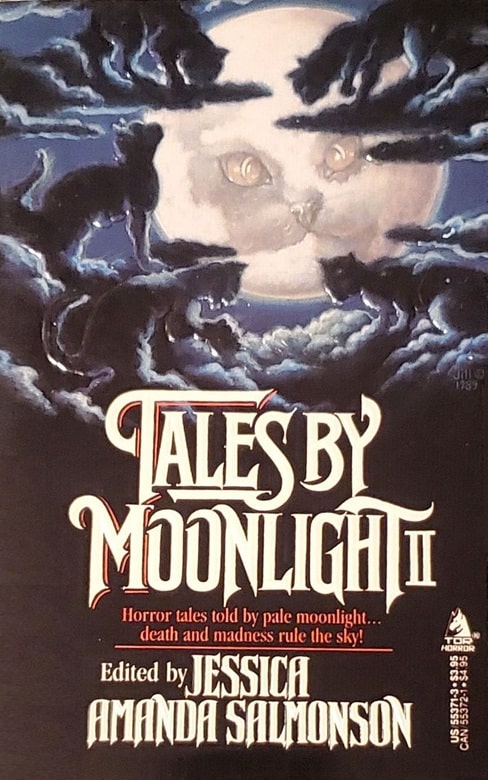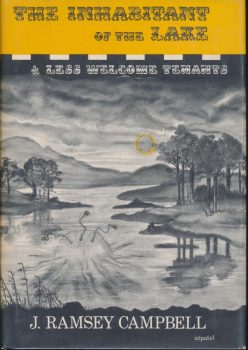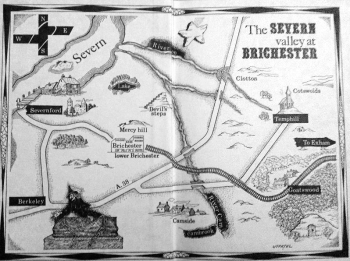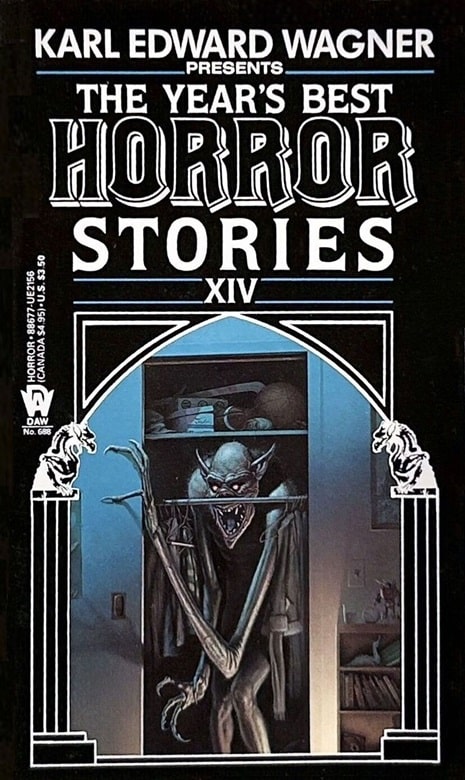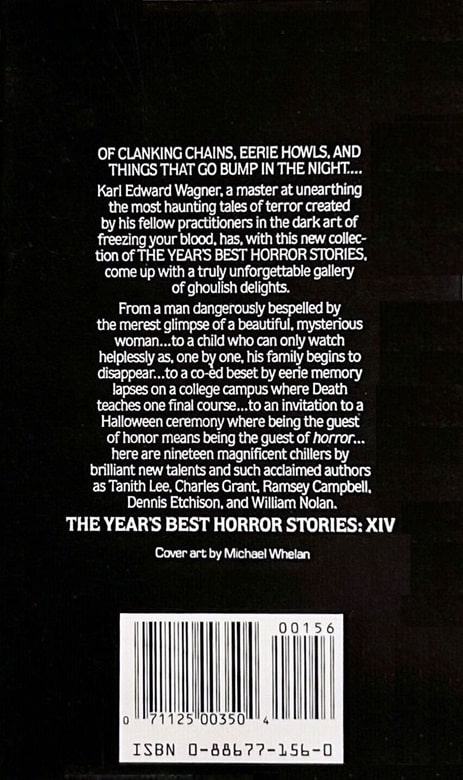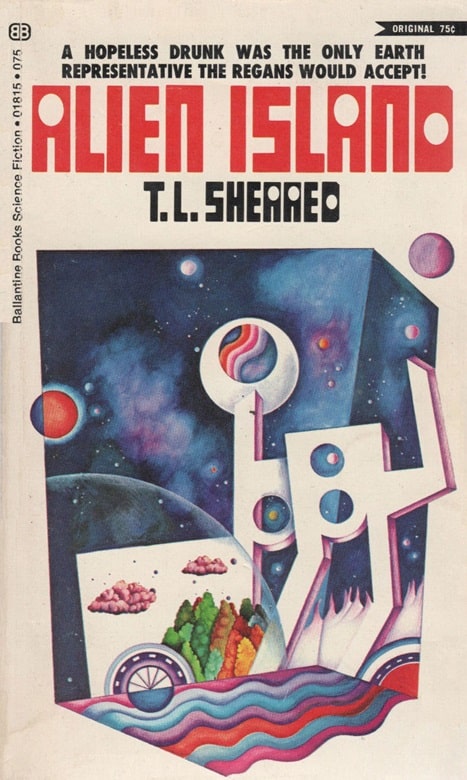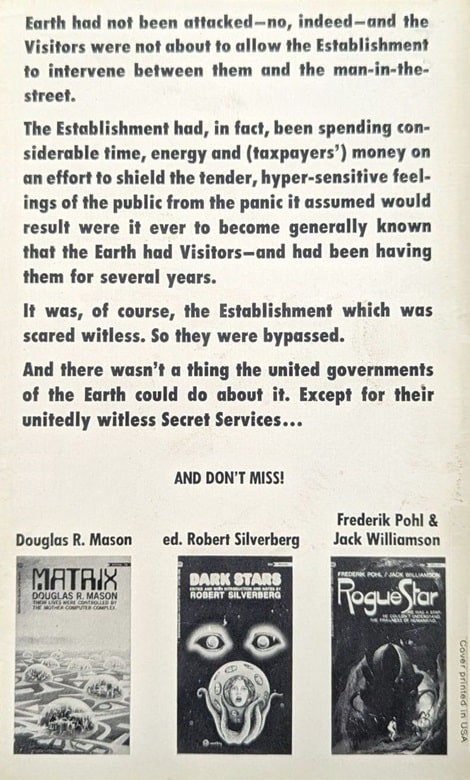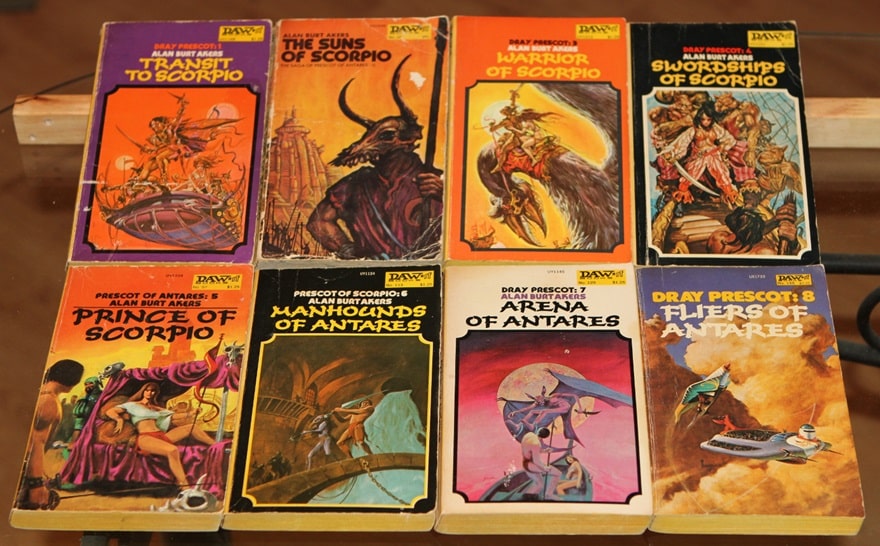Vintage Treasures: The Bard Series by Keith Taylor
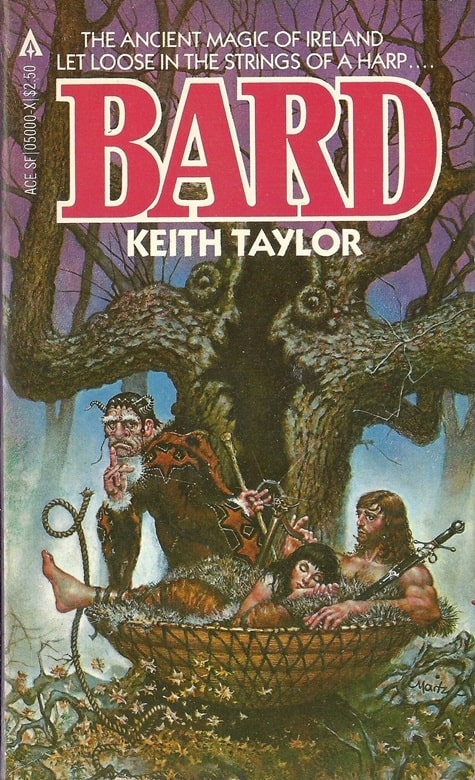 |
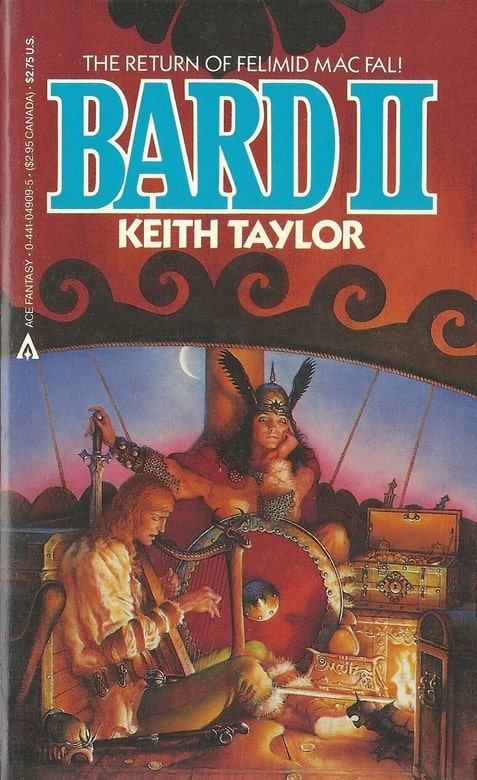 |
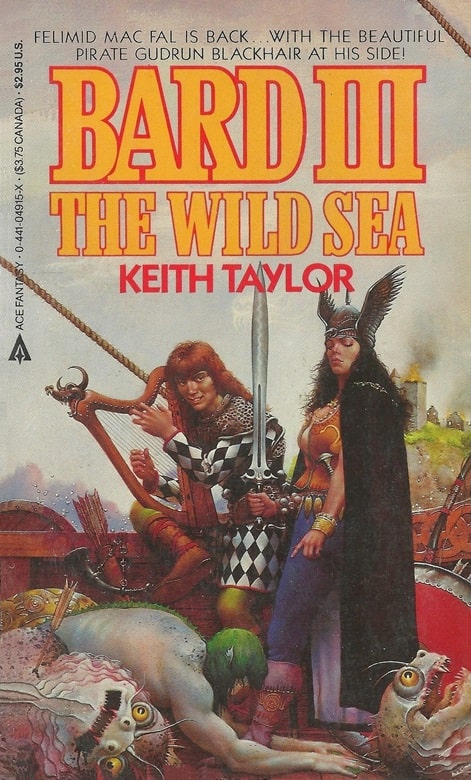 |
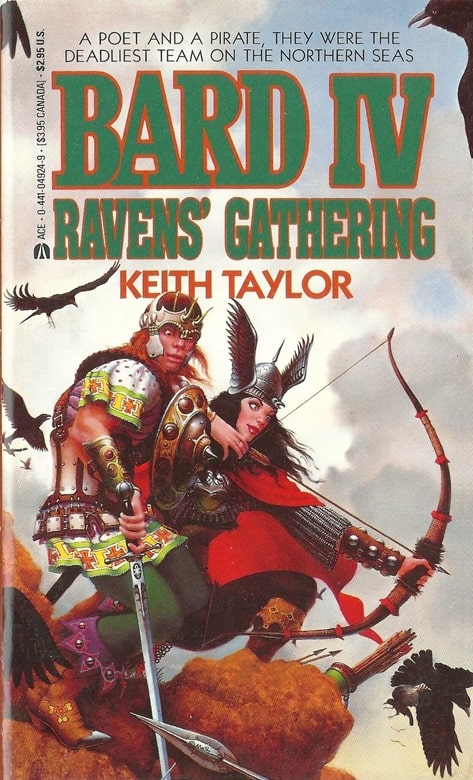 |
Bard, Volumes I-IV (Ace Books, 1981-97). Covers by Don Maitz
In October 1975 an unknown author named Dennis More made his debut in Fantastic magazine with “Fugitives in Winter,” the rousing tale of Felimid mac Fal of Eire, a bard whose tools are his ancient harp Golden Singer, and his magic sword, Kincaid. Eight more tales of Felimid followed, in places like Fantastic, Weird Tales, and Andrew Offutt’s Swords Against Darkness.
‘Dennis More,’ as it turned out, was Australian writer Keith Taylor, who began writing under his own name with the story “Hungry Grass” in Swords Against Darkness V (1979). In 1981 Taylor collected four of his early Felimid stories — along with a brand new novella — in the fix up novel Bard, which Fletcher Vredenburgh called “a perfect artifact from the glory days of 1970s swords & sorcery.” It spawned a long-running series that lasted five volumes (with rumors of a sixth in the pipeline).
